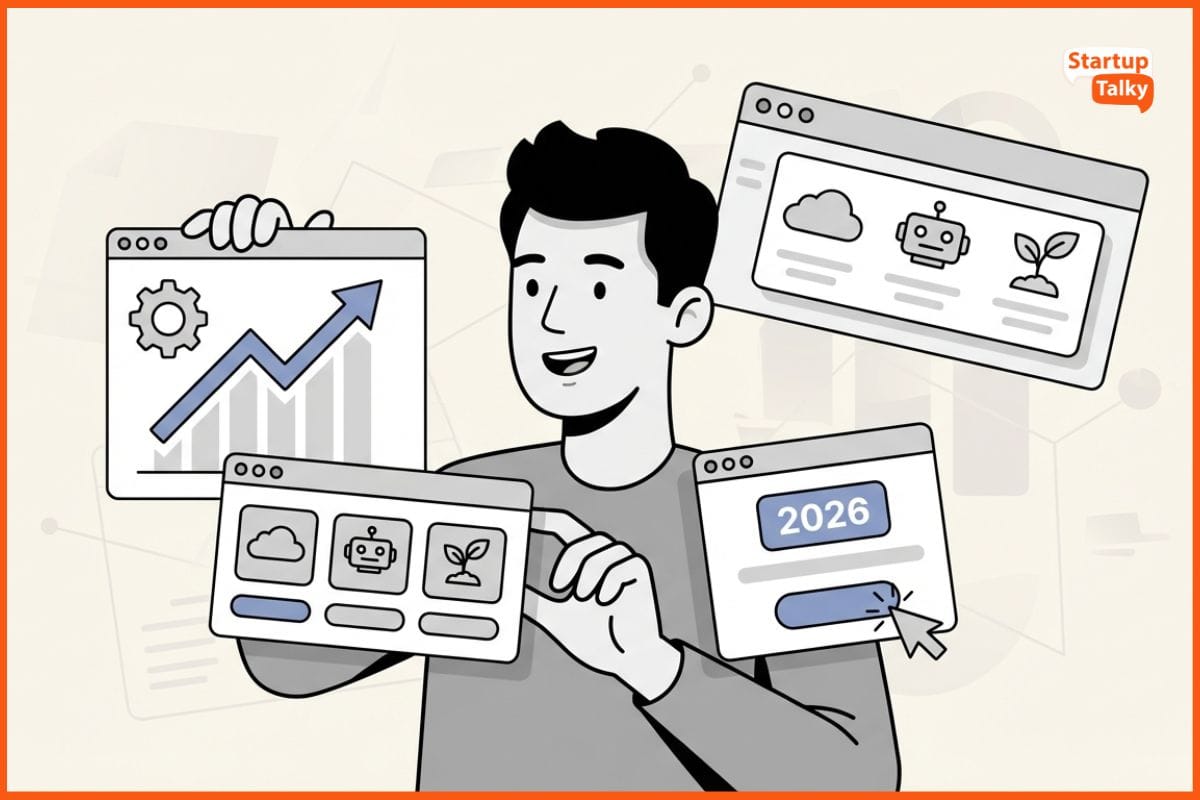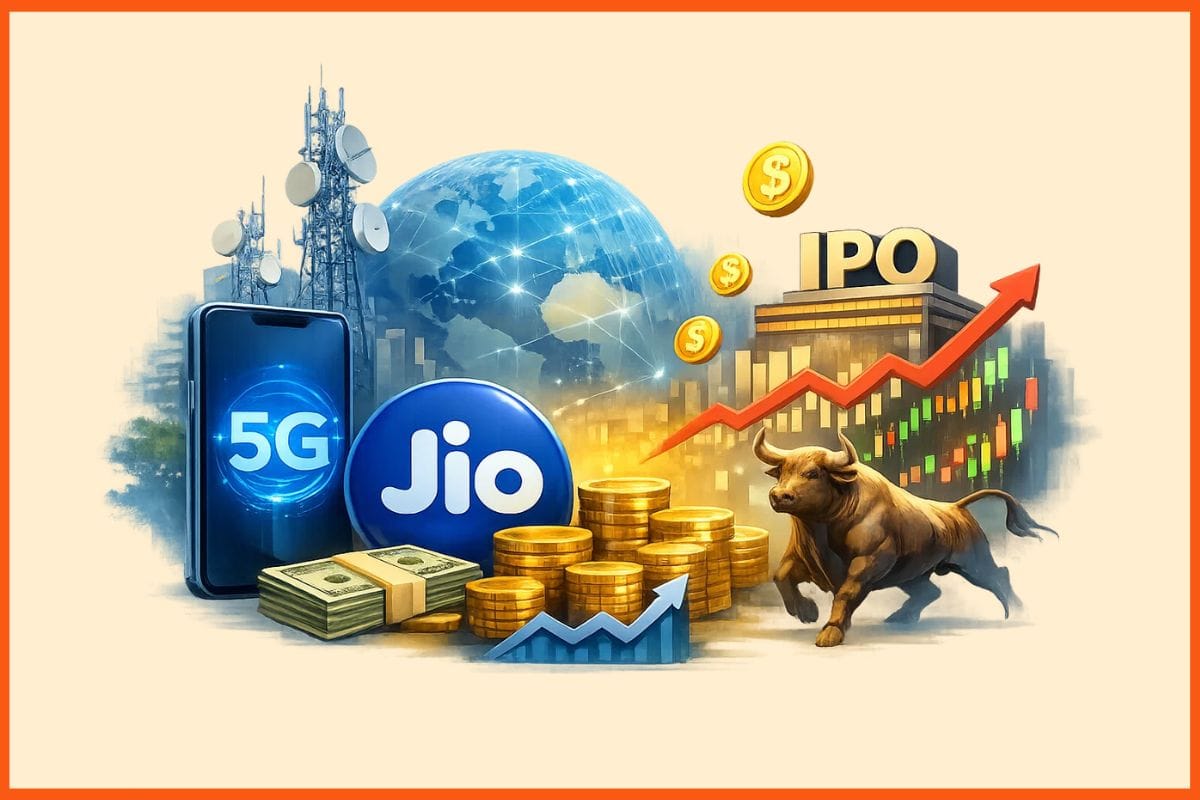Quick Access to Loans for Borrowers in Rural Areas: RBI to Unveil Unified Lending Interface

On 26 August 2024, Shaktikanta Das, governor of the Reserve Bank of India (RBI), stated that the bank is considering a nationwide launch of a technological platform dubbed the Unified Lending Interface (ULI) to expedite the distribution of loans, particularly to smaller borrowers and those residing in rural areas.
At a worldwide conference in Bengaluru on "Digital Public Infrastructure and Emerging Technologies," Das predicted that ULI will revolutionise retail financing in the same way that UPI did.
"We expect ULI to transform the lending landscape," the governor stated, comparing it to how the Unified Payments Interface changed the payments sector.
For the purpose of facilitating frictionless financing, the central bank created the Public Tech Platform one year ago today. The original intent was to simplify the process of obtaining a loan or credit by giving lenders digital information in a matter of minutes.
"VoloFin welcomes the Reserve Bank of India’s initiative to introduce a unified lending interface, a pivotal step towards enhancing financial inclusion across rural India. This platform will empower borrowers in remote areas by providing quick and seamless access to credit, bridging the gap between financial institutions and the underserved segments of our society. The availability of instant loans will not only boost economic activity but also enable entrepreneurs in these regions to scale their businesses, create jobs, and contribute to the overall development of their communities. As a company dedicated to simplifying finance and extending support to MSMEs, we believe that this move will revolutionize the way rural India interacts with financial services," said Roshan Shah, Co-Founder & CEO, VoloFin.
Echoing similar sentiments, Pramod Kathuria, Founder and CEO of Easiloan stated, "The ULI will simplify the loan application process by integrating multiple financial institutions, including banks, non-banking financial companies (NBFCs), and digital lenders, onto a single platform. This streamlined process ensures that loan applications are processed more quickly and efficiently. Through real-time data sharing and advanced algorithms, ULI enables instant verification of borrower credentials, such as KYC (Know Your Customer) details, credit history, and income verification. This reduces the time taken for loan approval from days to mere minutes, accelerating the disbursement process."
The System Aims to Make Entire Lending Process Hassle Free
Banks, account aggregators, digital identification authorities, banks, credit information businesses, and state and federal governments were among the several sources from which RBI retrieved the data needed for credit evaluation. A delay in the smooth and timely distribution of loans was caused by the data being available in several systems.
Because of this, the entire digital platform was built with an open architecture and open APIs so that all the participants in the financial sector can connect with each other in a 'plug and play' fashion.
The tech platform is the result of several pilot initiatives that started in 2022. These experiments included digital dairy loans and end-to-end digitisation of Kisan Credit Card (KCC) loans. As a result of these initiatives, the loan processing time was significantly reduced and the desired efficiency was achieved. Additional digital loans were added to the platform last year.
Digitization Revolutionising India’s Lending Sector
According to Das, the digital Public Tech Platform is an aspect of the central bank's efforts to digitise banking services. "Data privacy is fully protected, and the new platform is also based on consent of potential borrowers," he assured.
Das mentioned that there is a new suggested trinity that would replace the old one, which consisted of Jan Dhan Accounts, Aadhaar, and mobile phones or JAM.
He proclaimed that the Central Bank Digital Currency (CBDC), which will be introduced gradually and consists of the new trinity of JAM, UPI, and ULI, is a groundbreaking development in India's digital public infrastructure. "This initiative streamlines the integration of multiple technical systems, which means borrowers can enjoy the benefits of easier credit delivery and faster processing times without having to provide a mountain of paperwork," he continued.
Lenders, customers, and data service providers are all winners with this platform. Through consent architecture, customers can acquire streamlined, personalised credit without submitting paper forms or physically visiting banks. The network effect, standardisation, cost efficiency, innovation in the loan process, scalability, and increased reach are all to the advantage of lenders and data service providers.

Must have tools for startups - Recommended by StartupTalky
- Convert Visitors into Leads- SeizeLead
- Website Builder SquareSpace
- Manage your business Smoothly Google Business Suite







